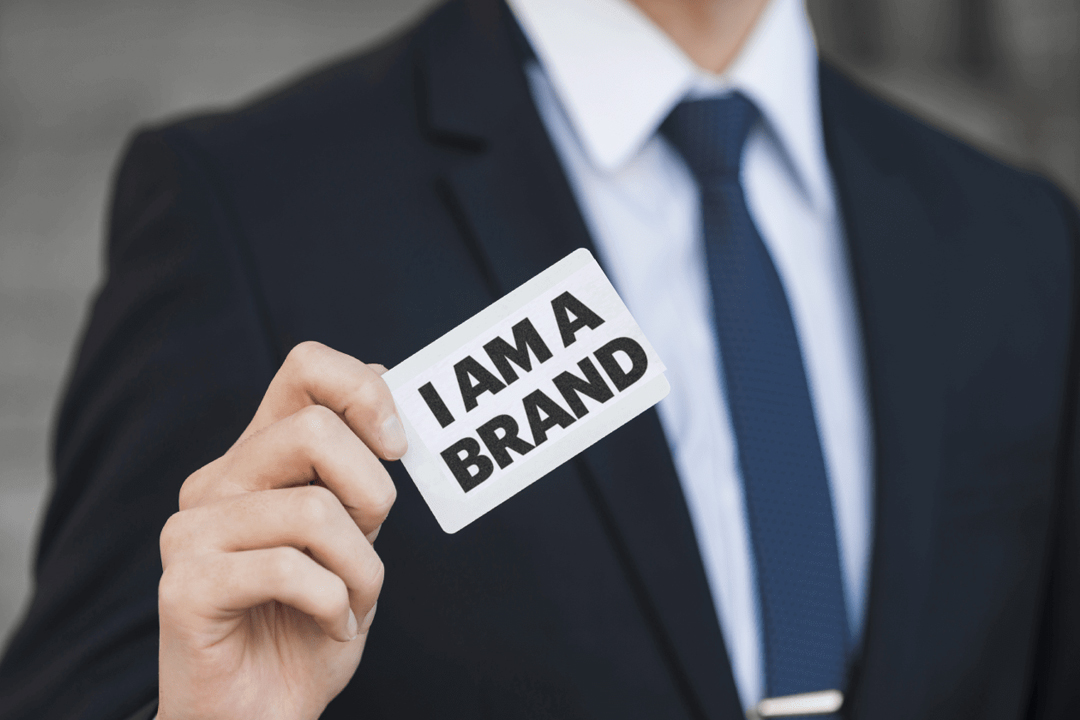
A Simple Personal Branding Guide

In a noisy world, your name speaks before you do. That is your personal brand.
This personal branding guide explains what personal branding is, why it matters, and how to start with clarity and confidence
What is personal branding?
Personal branding is the intentional process of shaping how people see you. It is the story you tell, the value you bring, and the experience others have when they interact with you.
Think of it like this:
A company markets products.
You market your reputation.
The goal is trust, recognition, and opportunities that fit you.
From my own work with leaders, I have learned that personal branding is not only about what you do. It is also about how you make people feel and how you show up. It is an ongoing conversation with your audience that you refine over time.
Why personal branding matters?
1) Differentiation
Skills overlap. Values and voice do not. A clear brand makes people remember you for the right reasons.
2) Trust and credibility
Trust is the currency of business. When people see consistent proof of your expertise, they engage faster and with less friction.
3) Career and business growth
A strong brand does not attract every opportunity. It attracts the right ones. That is how leaders move into roles, boards, and partnerships that fit their goals.
4) Networking that works
When your brand is clear, introductions multiply. People know who to connect you with and why.
5) A powerful online first impression
Your digital footprint is often the first touchpoint. Profiles, posts, and articles should reflect the same story others hear in the room.
The building blocks of a strong personal brand
1) Self-reflection
List your values, strengths, and proof points. Map the experiences that shaped you. These become your brand themes.
2) Target audience
Define who you want to reach. CEOs, founders, investors, hiring managers, or clients. Speak to their needs and language.
3) Brand messaging
Write a simple positioning line that captures who you are, who you help, and the value you create. Use it across bios, intros, and proposals.
4) Consistency
Keep your story and visuals aligned across LinkedIn, your website, media interviews, decks, and on stage.
5) Authenticity
People feel what is real. Do not copy voices that are not yours. Show your process, your decisions, and your lessons.
A simple way to get started this week
Day 1: Define your one-line positioning and 3 proof points.
Day 2: Refresh your LinkedIn headline, About section, and Featured items.
Day 3: Draft one value post that teaches something you know.
Day 4: Comment thoughtfully on 5 posts in your niche.
Day 5: Reach out to 3 people you want to reconnect with.
Day 6: Collect one testimonial or case note from a client.
Day 7: Review what worked. Keep what felt natural. Adjust what did not
Common mistakes in personal branding
Speaking to everyone. Choose a clear audience.
Inconsistent visuals and tone.
Sharing claims without proof. Use numbers, outcomes, and quotes.
Posting once, then disappearing. Presence builds trust.
Hiding your voice. Clarity beats perfection.
Personal note
My work with leaders across Oman and the wider GCC taught me that personal branding is not vanity. It is strategy. It is how you create clarity, earn trust, and open the right doors for your next chapter.
I hope you found this simple personal branding guide useful and insightful.
You can still book a free consultation by clicking here so we start a conversation around your brand.

Rouba Taouk
Personal and Corporate Branding Consultant
Newsletter
Recent Post


How to Build a Compelling, Authentic Brand


